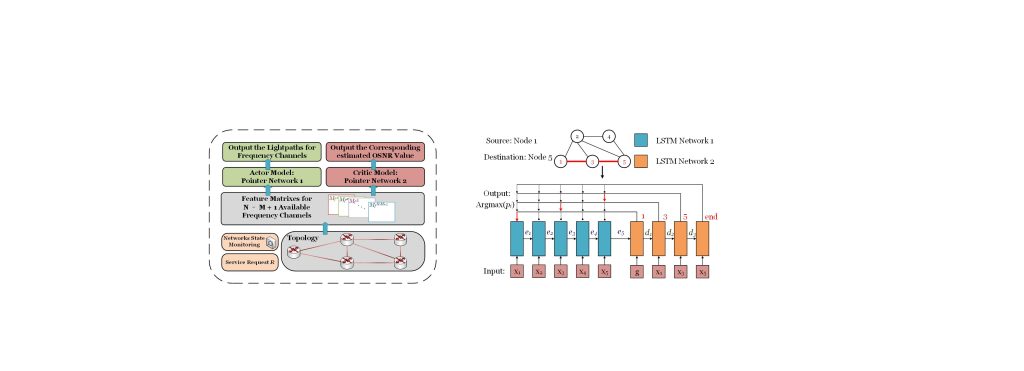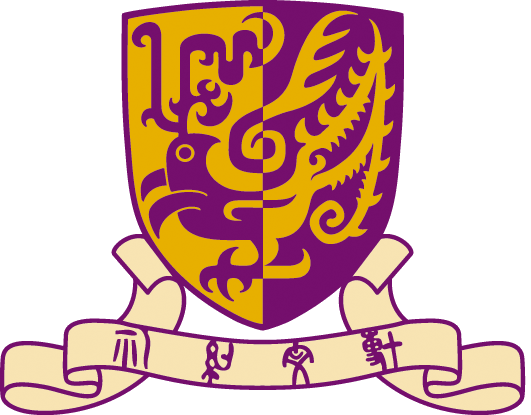Research
Our research projects in optical communications can be categorized in the following four topics. For some of the listed projects, we have industrial collaboration with the major leading optical companies and research laboratories in the world.

Non-line-of-sight Optical Camera Communication System
In this project, we demonstrate a real-time flicker-free optical camera communication system hat allows retrieval of descriptions from the complex optical signals reflected by an exhibition poster or artwork using a hand-held smartphone. The data processing, including image registration, scaling, timing recovery, and equalization, is implemented by multiple threads in parallel for transforming the stripes to a bit sequence. The decoded text will be instantly displayed on the smartphone screen.
2021

CNN-Assisted Dynamic Polarization-Insensitive OFDM-BOTDA System
In this project, we propose a dynamic polarization-insensitive Brillouin optical time domain analyzer (DPI-BOTDA) with orthogonal frequency division multiplexing (OFDM) based on intensity-modulated direct-detection (IM-DD). A polarization-division-multiplexed (PDM) pump signal enables polarization diversity of the stimulated Brillouin scattering while a multi-frequency OFDM probe signal realizes dynamic sensing with single-shot transmission. This system realizes a remarkable suppression of Brillouin gain fluctuation up to 4.38 times compared to the case without polarization diversity. The CNN-based method achieves a 10-time acceleration in terms of the BFS estimation speed compared with the conventional curve fitting method.
2021

Programmable Anti-Logarithm Linearization Circuits (PALC) for Self-Adaptive Signal-to-Noise Ratio Optimization in Photovoltaic Visible Light Communications
A programmable anti-logarithm linearization circuit (PALC) for linearizing photovoltaic modules is proposed and implemented. With the investigation of an optimal number of diodes required in PALC under different scenarios, a BER reduction from 1.4×10-1 to 8.2×10-3 is achieved under 1000 lux with self-adaptation.
2022

On the Nonlinear Distortion Characterization in Photovoltaic Modules for Visible Light Communication
Photovoltaic (PV) modules have been employed in visible light communication (VLC) for simultaneous energy harvesting and data reception. A PV-based receiver features easy optical alignment and self-powered operation. It is commonly assumed that PV modules in VLC have a linear optical-electrical response, which is generally true under high illumination levels. This paper will illustrate the exacerbated PV’s nonlinear distortion when under typical indoor illumination. The nonlinearity of a PV module for different numbers of PV cells is also characterized. We investigated the transmission performance of a 1-Mbit/s PAM4 signal under different illuminance. Experimental results show that the bit-error rate (BER) first decreases and then increases with the increasing illuminance. Thus, an optimal illuminance to minimize BER exists. In addition, we demonstrated two distortion mitigation methods, namely localized distortion compensation lighting and post-distortion compensation. BER reduction from 3.2×10-1 to 2.6×10-3 and 2.8×10-2 to 1.5×10-2 are achieved with the two respective schemes.
2021

Passive Nonlinear Compensation Circuits for Photovoltaic Visible Light Communications under Low Illuminance
For photovoltaic nonlinearity, the distortion is much exacerbated at a low illumination level. We propose and experimentally demonstrate a simple passive post-distortion compensation circuit without complex DSP and achieve one-order of magnitude reduction in BER. This is particularly valuable for Internet-of-thing applications with low-power consumption.
2021

Pointer Network-based QoT-aware Routing and Spectrum Assignment in Elastic Optical Networks
In this project, we propose a pointer network-based QoT-aware routing and spectrum assignment scheme that can directly generate lightpaths with high OSNR, without pre-calculated candidates. A reinforcement learning method (Actor-Critic algorithm) is employed to train the pointer network model. Simulation results showed that the proposed scheme can significantly reduce the blocking probability while with a good guarantee of the lightpath QoT.
2022


